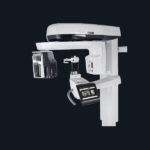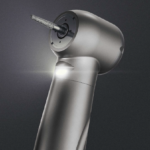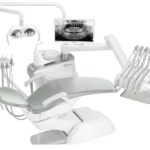
A dental Gracey Curette is a surgical instrument for several treatments.
It can remove calculus, clean infected pockets, used for root planing and removing altered cementum.
There are two different types of Gracey curette area-specific and universal.
In this article, we discuss the uses and functions of dental Gracey curette in dentistry so that you can get them for your setup.
Keep reading below to know more!
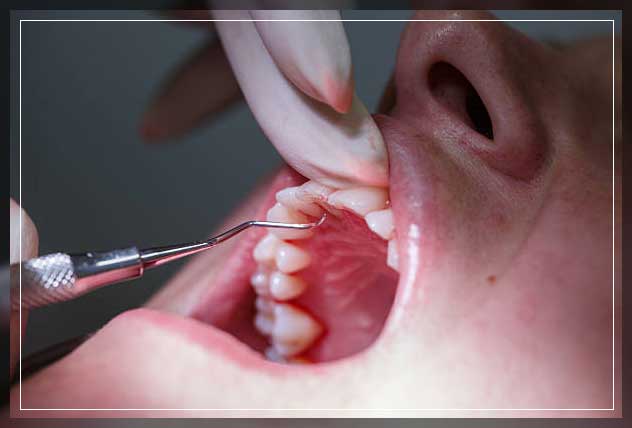
Gracey Curette Uses
The Gracey curette is an essential surgical instrument.
It has a working surface inclined usually 20 degrees to lower shank.
This instrument had a rounded cutting tip and a curved cutting edge.
However, it does not have any other sharp points except for the cutting edge.
It is also finer than a sickle scaler.
There are several uses of this medical equipment.
However, few of the main ones are related to removing calculus in the case of gingivitis or periodontal disease.
First up, it removes the deep subgingival calculus found around your teeth.
This calculus is not seen immediately because it is below the crest of the marginal gingiva.
Hence, it is not as visible on oral examination.
It is a form of hardened plaque that accumulates due to the condensation of saliva, minerals, and other fluids.
The subgingival calculus deposits damage the gum line, thus, there is a need to remove it using the Gracey curette.
Besides removing the calculus, it also comes in handy in removing the altered cementum in the subgingival root surface.
In periodontal disease, there will be deep pockets along your gums.
These pockets are already infected with bacteria and this equipment comes in use to clean these deeply infected pockets.
In the cleaning process, it also removes the soft tissue lining these pockets.
Therefore, it is an important instrument in root planing whereby dentists clean your gum pockets thoroughly to give you cleaner teeth.
In order to use the instrument, follow these steps:
- Put the third or half tip of the cutting edge which is the larger outer curve against the tooth
- Keep the lower shank parallel with the tooth’s surface
- Apply lateral pressure with moderate or light force, the latter for root planing
- Using the pressure make vertical, diagonal, and horizontal strokes to clean
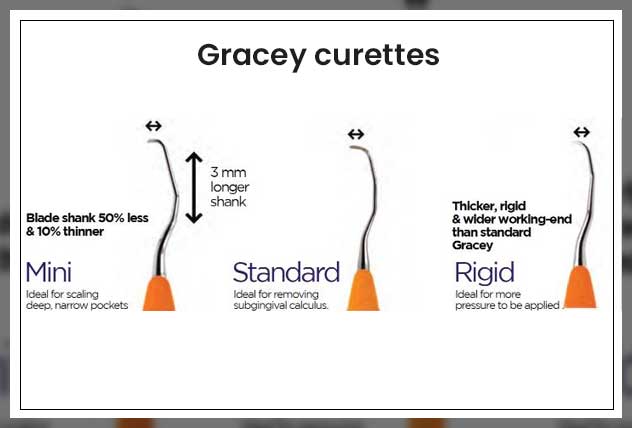
Types
There are two main types of curettes:
- Universal curette
- Area-specific
As their name suggests, the universal curette easily adapts to all surfaces and works on them. However, the area-specific curettes are to reach a specific part of your mouth.
Universal Curette
It has a round toe blade for cutting.
Plus, the blade contains two cutting edges for the process of scaling.
These edges allow for scaling through the entire mouth.
What’s more, you can use it on all teeth.
The blade’s face is at 90 degrees perpendicular to the lower shank.
All the dentist needs to do is to alter their hand position and finger rest position to use the same instrument to reach other parts of the mouth.
However, to reach specific areas, you can use the other type of Gracey curette.
Area Specific Gracey Curette
The design of these instruments allows them to target a specific area of dentition.
A dental Gracey curette is an area-specific curette.
Hence, it is better for deep gingival and root level scaling.
Its blade design is offset rather at the terminal shank at 70 degrees.
Due to this feature of the blade, it provides enough angulation for the tooth’s surface.
These Gracey designs have rigid shanks and a wider taper.
When the blade of a Gracey curette is correctly adapted, the best adaption is achieved.
The lower cutting shank is against the tooth and the terminal shank is parallel to its surface.
Applying lateral pressure on the tooth and root and pulling upwards can you clean the calculus.
Since, it has no sharp edges or corners, except for the cutting edge, it protects against any soft tissue damage during subgingival cleaning.
There are 4 types of Gracey curettes, mini five, after five, rigid and standard gracey.
More below!
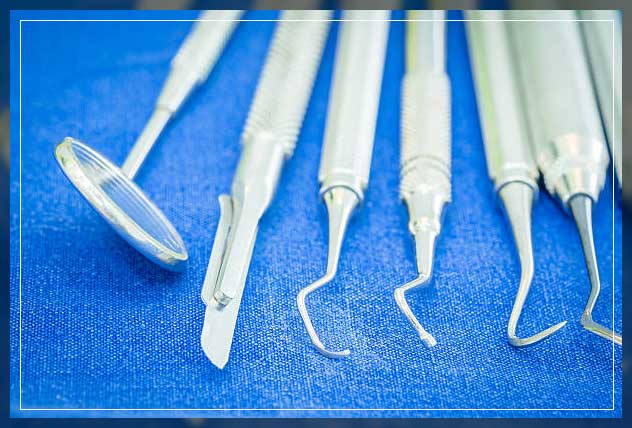
Area Specific Dental Gracey Curette
The design of this dental instrument only caters to a particular set of dentitions.
Therefore, they provide the best adaptation for the dentition they are specifically designed for.
The blades are at an angle of 60 to 70 degrees in comparison to 90 degrees of a universal dental curette.
Plus, the double-ended curettes pair up to come in use in opposite arches.
Though there are single-end curettes as well.
They are a set of 14 instruments designed to work in specific areas of dentition.
In this way, the equipment requires less force and pressure while cleaning more efficiently.
There are several Gracey curette numbers designed specifically for a different set of teeth.
The Gracey for anterior teeth is number 1-2 and 3-4.
Gracey number 5-6 is for premolars and anterior teeth.
Next, we move on to posterior teeth.
Gracey numbers 7-8 and 9-10 are for facial and lingual posterior teeth.
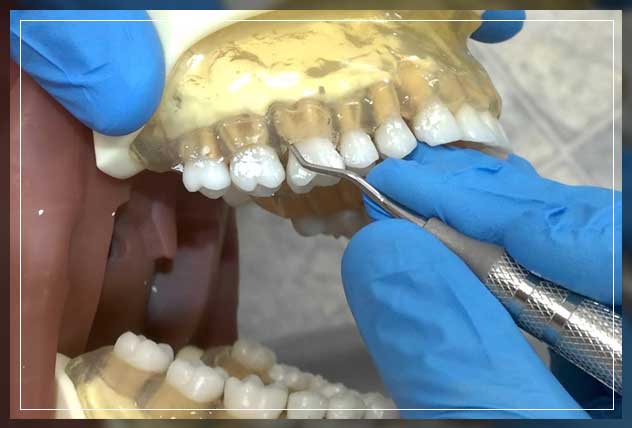
For the mesial aspect of the tooth in posterior teeth, Gracey numbers 11 to 13 will be used.
On the other hand, for the distal aspect of a tooth, dentists use Gracey# 13 to 14.
Gracey numbers 15-16 are essentially modifications of Gracey numbers 11-12 for the mesial surfaces of posterior teeth.
Similarly, Gracey numbers 17-18 are a modification of numbers 13-14 with an accentuated elongation and a 3mm longer terminal shank.
Now coming to the shank types, these are of two kinds.
One is a rigid shank.
It is longer and not enough flexible because the shanks are strong.
Its structure helps in removing moderate to heavy calculus deposits because it can transmit more force to the tooth’s surface.
The other type is finishing which gives more tactile sensation to flexible shanks and applies less force to the root’s surface in root planing, where tactile sensations help in cleaning less visible surfaces.
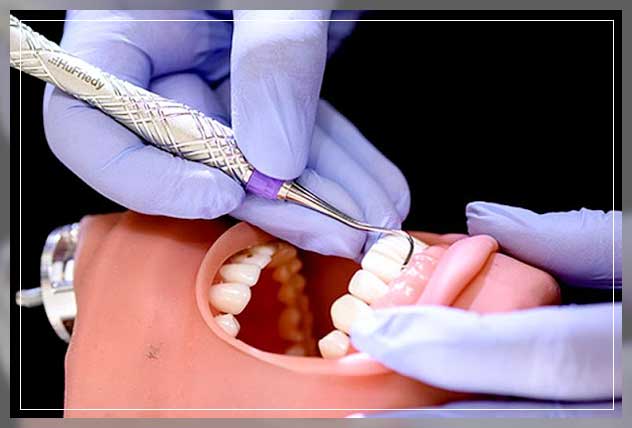
Universal vs Area Specific
The differences between these two types of curettes are in their use, design, and curvature.
These differences make them suitable for separate dental treatments and procedures.
Area of Use
The Universal curette design allows it to work in different parts of the mouth.
Hence, a dentist may need one instrument in any area and on all of the surfaces.
However, for area-specific curettes, there are specific regions.
Thus you will require multiple instruments like a set of 14 because they will not work on all of the teeth and surfaces.
Blade
The blade of a universal curette is curved in a single direction.
However, that area-specific curette is curved from the head-toe and on the cutting edge’s side.
The blade angle of a universal curette is at 90 degrees and it is not offset.
The blade of an area-specific curette is offset.
Moreover, the face of the blade is at an angle of 60 to 70 degrees to the shank.
Using the Instrument
The universal curette has two working edges.
The dentist can use both of these cutting edges, the outer and inner ones for the treatment.
On the other hand, the area-specific curette has only one working edge.
That too, only the outer edge can come in use.
The curvature of the Instrument
The universal curette’s blade is curved to the up.
It is only curved at one plane i.e. upwards and not to the side.
Though, the area-specific curette is curved up and to the side.
So it is curved into two planes.
Due to its design and curves, you can only use a full stroke for an area-specific curette.
That allows the pull stroke to clean the surfaces of the tooth and use the instrument efficiently.
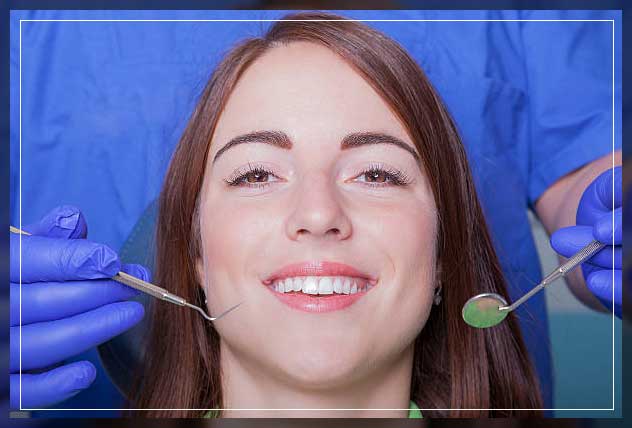
Dental Gracey Curette Numbers and Uses
Gracey # 1/2
This works on all aspects of anterior teeth (not forgetting the canines).
It has a longer shank that gives access to the lower anterior especially when the patient is in the supine position.
Gracey # 3/4
Its use is similar to that of 1/2 i.e. on the anterior teeth.
Though, these also come in use for the second bicuspid.
Gracey # 5/6
This comes in handy for interproximal use for many teeth up to the second molars.
The dentist can use them lingually and distally till the second bicuspid.
Though its angulation limits the access to difficult areas and posterior teeth.
Gracey # 7/8
These are the most versatile among the area-specific curettes.
Its use is in the buccal and lingual surfaces of the molars and bicuspid.
Gracey # 9/10
Its use is mainly on the buccal and lingual surfaces of molars however, it is also good in furcation areas.
Access can be tough in these areas however, the curette provides good control.
This and other remaining help in root playing the posterior teeth, especially the molars.
Gracey # 11/12 and # Gracey 13/14
These two are a pair that work on the molars and bicuspid.
They give access to the buccal and mesial root surfaces.
Gracey #15/16
It gives access to molars where it can be difficult to position number 11/12.
This one works on the mesial surfaces of posterior teeth but has a shank design similar to number 13/14.
Gracey # 17/18
It provides greater access to the distal surfaces of posterior teeth.
This one has a reduced blade length and a long terminal shank to access deep pockets in posterior teeth.
Finally,
Every dentist will have a dental Gracey curette in their setup.
Purchase any of these surgical instruments at our shop here.


